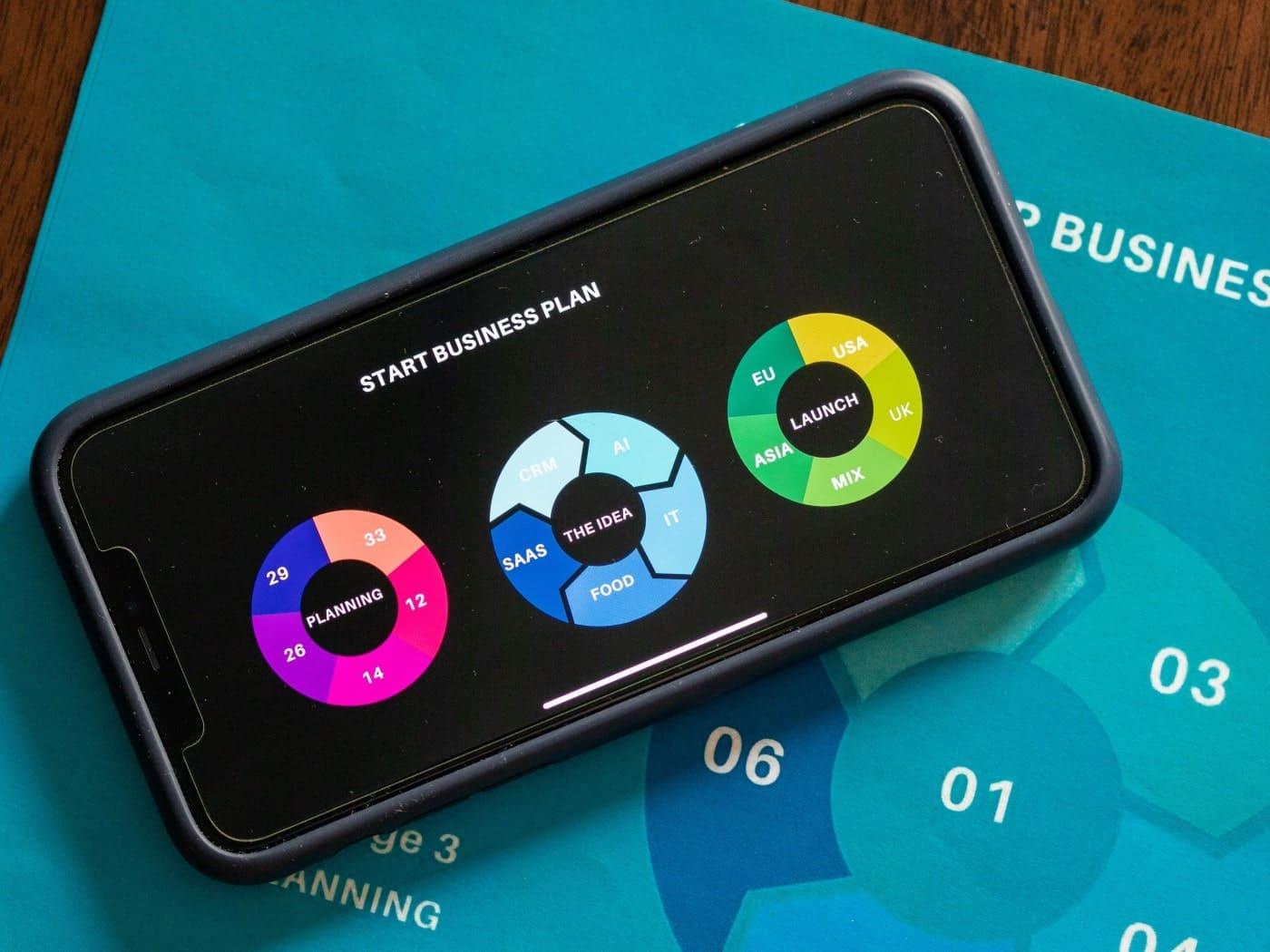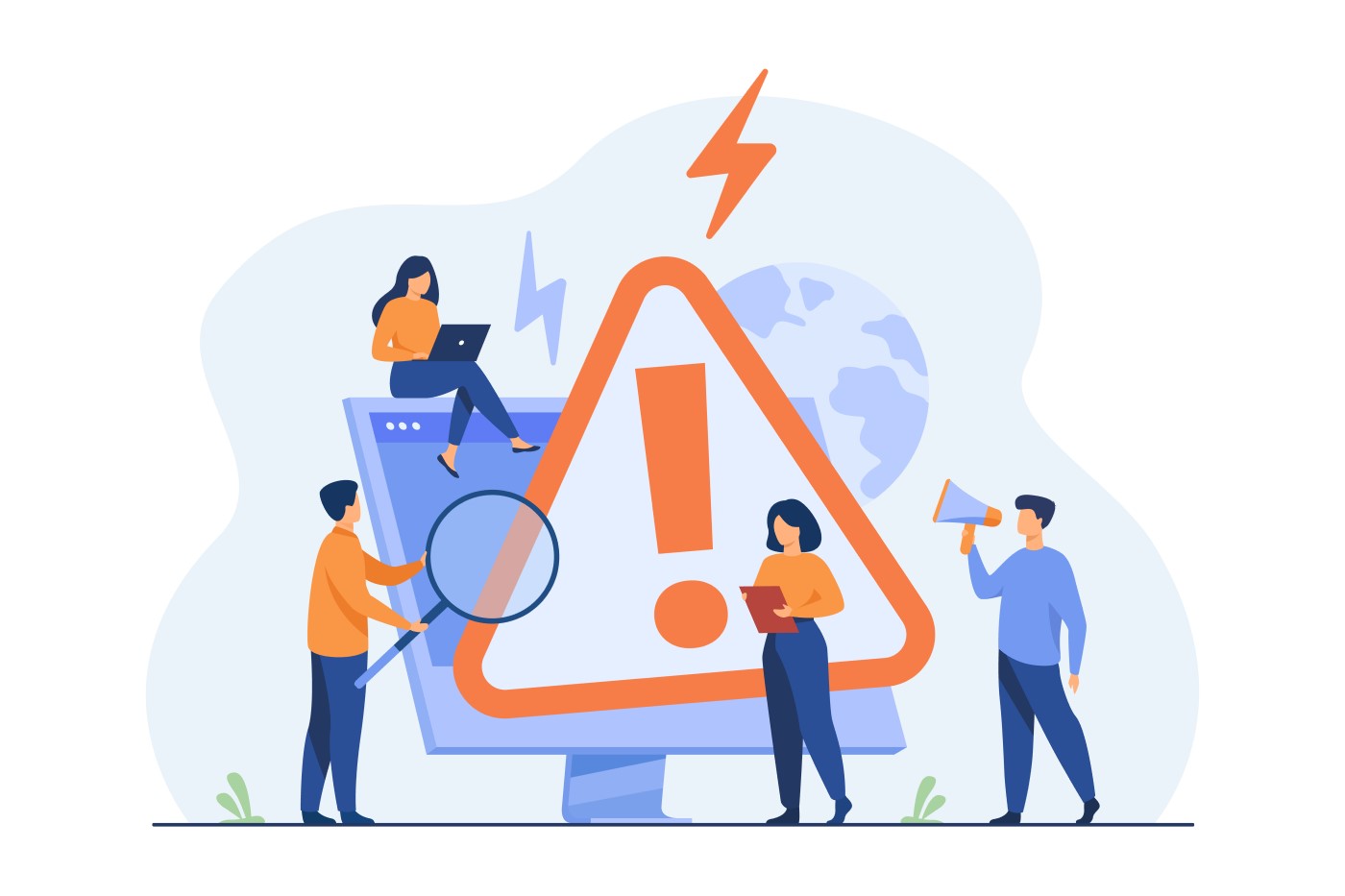6 UX Tips for a Great Website
- By: Ankit C.
- In: Web Development

A company’s website is its face, so having a solid online presence is just as important as having a nice and beautiful office/store. Today’s users are familiar with web design and expect something good. The UX of a website can clearly define this expectation.
The term “website user experience” (UX) describes users’ actions when interacting with a website. UX and UI are different from each other. UX describes how consumers perceive your website or apps based on their usability and UI describes the user interface of the design.
Businesses may feel overwhelmed by the demand to deliver a well-designed website UX. However, improving the user experience on websites is easier than it might appear. And you can always hire a good UX Web Designer in the UK. Moreover, these tips will help your website have the best UX.
6 UX Tips to Remember While Improving a Web Design
1. The Faster Your Website, the Better
Every second counts when it comes to page load times! The ideal loading time is between one and two seconds. The highest conversion rates are achieved in between this loading time. The bounce rate rises when a website takes longer than three seconds to load. At 2 seconds, the rate is 9%; at 5 seconds, it soars to 38%. Most consumers have an objective in mind and are eager. Therefore, it is crucial to minimise website loading time to satisfy customers.
2. Pay Special Attention to the Homepage
The first chance to attract customers is through the homepage. It is the primary base for your message, branding, and site navigation. The content here should be as clear and concise as possible. Make sure that the most important content, like sales pitches and calls to action, is placed where users can see it right away.
Also, from any landing page, a visitor should return to the home page by clicking the logo at the top. A contact page, a services and products page, an about page, and a news or blog page should all be linked from your website’s home page.
3. Use Visuals Wisely
Images and videos are great because they draw the user’s attention, provide a break from writing, and communicate ideas more clearly. Not all images or videos can accomplish this. Using creative and original visuals helps express a better message and increases conversion rates by roughly 45%. Generic visuals, like stock photos and videos, fail to impress users. They receive a personalised message from real and original videos and photographs, which helps establish a connection.
You can use photos and videos that do not clutter the website. Visuals should be high-quality, complementing the website’s user experience (UX).
4. Have a Responsive and Mobile-Friendly Web Design
Today, responsive design is a must for any website being designed or rebuilt. Information about the company is being viewed by users at work, while travelling and in their living rooms. People use smartphones or tablets to look for information when a computer is unavailable.
They expect that this information will be easy to find on whatever device they choose. Thanks to responsive web design, you should be able to customise your web experience for each new device as more and more devices are connected to the internet. Your website also benefits from mobile optimisation in terms of SEO.
5. Web Content Should be Readable
Content that is easy to read and understand instantly appeals to readers. It’s easy to do if you keep a visual and typographic hierarchy and use fonts that are easy to read. Use various headings (H1, H2, and H3) and concise paragraphs, choose simple fonts, and highlight essential keywords to improve your content. Users will stay on a website longer, and bounce rates will drop. It contributes to boosting the SEO ranking as well.
6. Avoid any Error: 404
We’ve all experienced the annoyance of a 404 or page not found error. It negatively affects the user experience and web navigation. Slow website load times can also cause 404 errors, which is a sign of a bad user experience. So, if you want to improve the experience of people who visit your website, fix the 404 errors. To achieve this and prevent your users from ending up at dead ends, you can use tools like Google Webmaster.
Create a 404-page using a unique 404 template. It informs the user that there is a problem with their request. A good 404 page will say that there was an error, send visitors to pages that do work, or ask them to come back later.
Conclusion
If you want to improve the user experience on your website, you need to change, add, or improve certain parts for your users. The design of your website could be made more straightforward; you should look for specific faults and use pop-ups and images sparingly. You can also include a search bar, site map, social proof, and AI to make it easier for users to browse your website. To make sure that everyone can use your website without problems, you should also make it easier to use, more secure, and faster.
Do you want to make it easier? Contact us today, and we will develop and design a business website for you with the best UX design. As one of the best digital marketing agencies in Ireland, we know a lot about the latest UX strategies and trends. Also, read our blogs to learn more tips for website design and development for your business.






